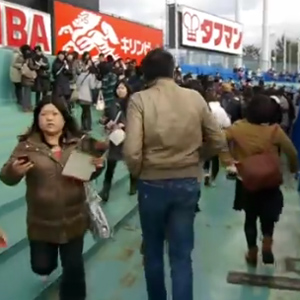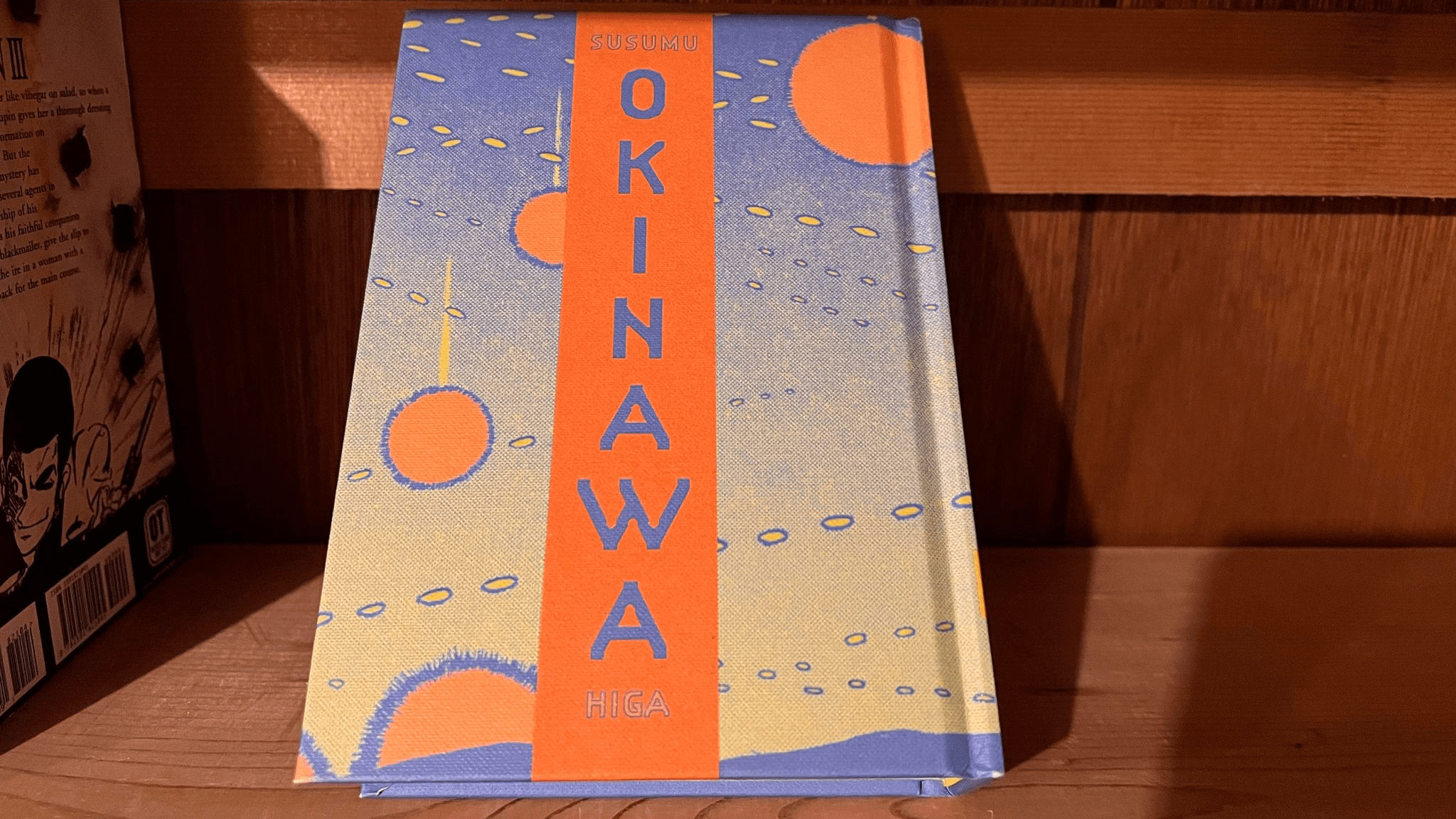
“A peaceful, independent kingdom until its annexation by the Japanese Empire in the 19th century, Okinawa was the site of the most destructive land battle of the Pacific War. Today, the archipelago is Japan’s poorest prefecture and unwilling host to 75% of all US military bases in Japan.
Okinawa brings together two collections of intertwined stories by the island’s pre-eminent mangaka, Susumu Higa, which reflect on this difficult history and pull together traditional Okinawan spirituality, the modern-day realities of the continuing US military occupation, and the senselessness of the War. The first collection, Sword of Sand, is a ground level, unflinching look at the horrors of the Battle of Okinawa. Higa then turns an observant eye to the present-day in Mabui (Okinawan for ‘spirit’), where he explores how the American occupation has irreversibly changed the island prefecture, through the lens of the archipelago’s indigenous spirituality and the central character of the yuta priestess.”
This new collection of manga by Susumu Higa brings new understanding to a global audience. Join us for an early look inside!
The War
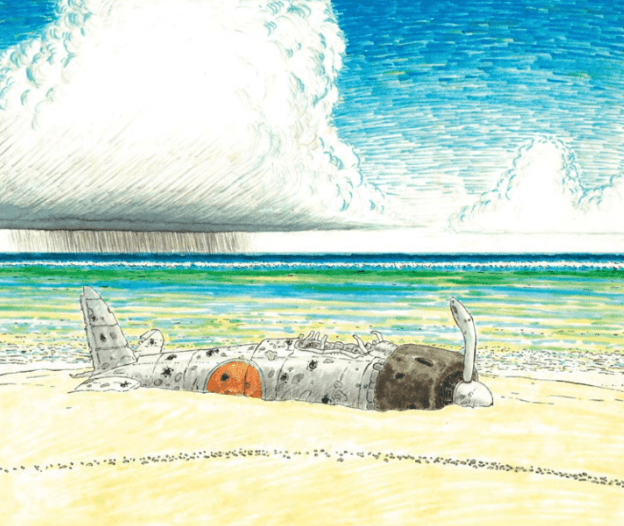
The first section of Okinawa, Sword of Sand, takes the reader to the past. Specifically, we journey to World War II, when civilians found their homeland turned into a battleground. With both American and Japanese troops coming and going, war became a part of life. From school age to old age, these interconnected stories show the effect of the war on the locals.
Some stories are heartbreaking; others offer a look at the opposing sides from the people on the ground. Locals are called on to divert, alter, and even end their lives in loyalty to a nation they have only recently become a part of. And when the war ends, the story isn’t over.
The Present Day
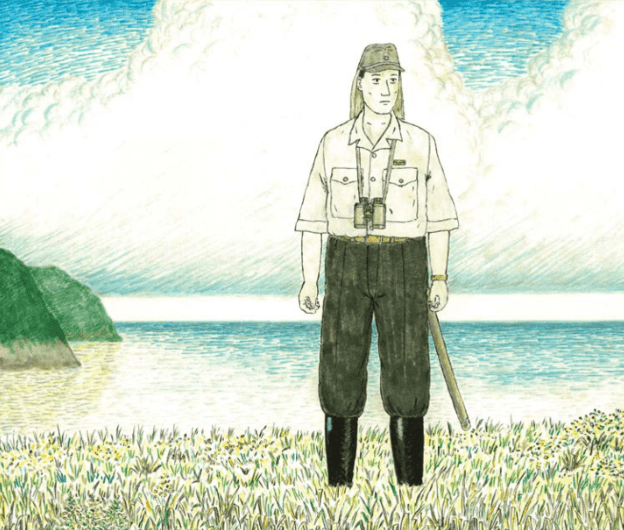
In the second collection, Mabui, we see Okinawa as it is today. Military presence is a part of modern life, affecting everything from farming to industry. The lives of locals are inherently tied to the bases, leaving many of them to choose between their livelihood and their morals.
At the end of some chapters, as with some chapters in Sword of Sand, Higa reflects on the inspiration for these stories. Some in the former collection come from stories his parents told him; others expand on anecdotes he heard and wondered about. But one other thing connects all these stories across both collections: spirituality.
The Soul of Okinawa
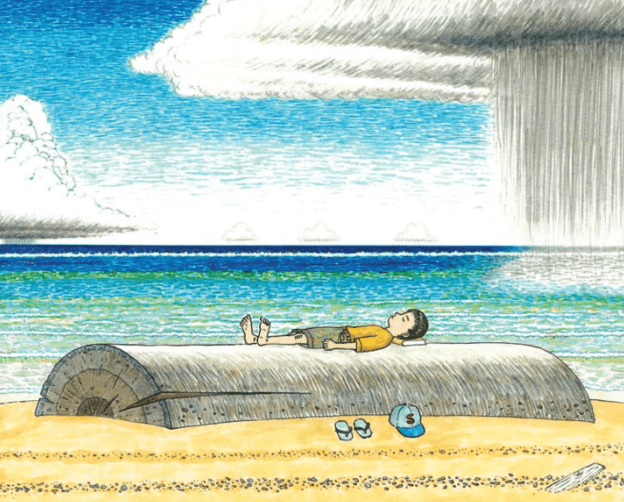
Threaded throughout the entirety of Okinawa is a sense of ancient spirituality. Priestesses pray for the people and the land, crossing into military grounds to access sacred spaces. People, too, have these prayers performed for them, leading to compelling visions and memories.
However, spirituality is not solely represented as calm and beautiful. Grave-robbers (of which there are quite a few) contend with horrifying visions. What they make of their lives after this varies. But it shows, story after story, how the island’s spiritual identity is threaded through how they approach the military identity thrust upon them.
The book also includes extended interviews with Higa. Here he discusses his inspirations, his views on life in Okinawa, and how he hopes the world sees his work. While these stories are unflinching and often disturbing, they’re a must-read for fans of historical non-fiction—manga or otherwise.




